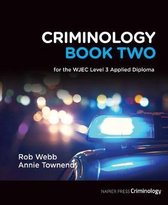Summary
Summary WJEC criminology unit 3 - crime scene to courtroom AC1.3
- Course
- Institution
- Book
This document includes notes and information about AC1.3 within unit 3 criminology, that allowed me to achieve an A grade. Here you will find information about the different types of evidence collected during a criminal investigation and how they are properly stored.
[Show more]




